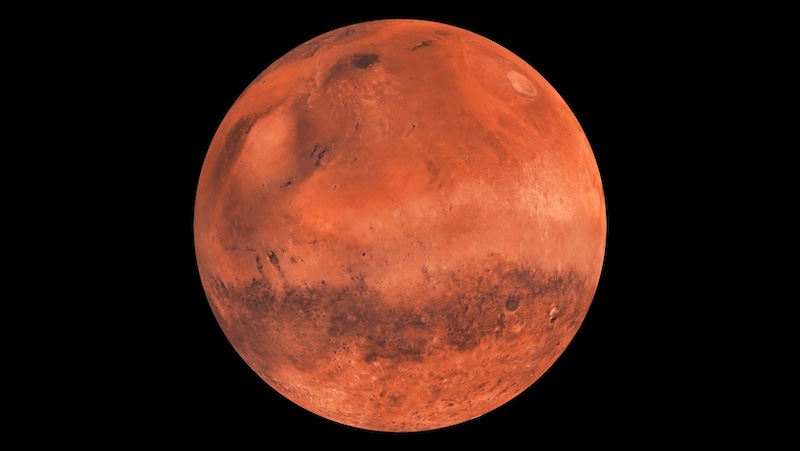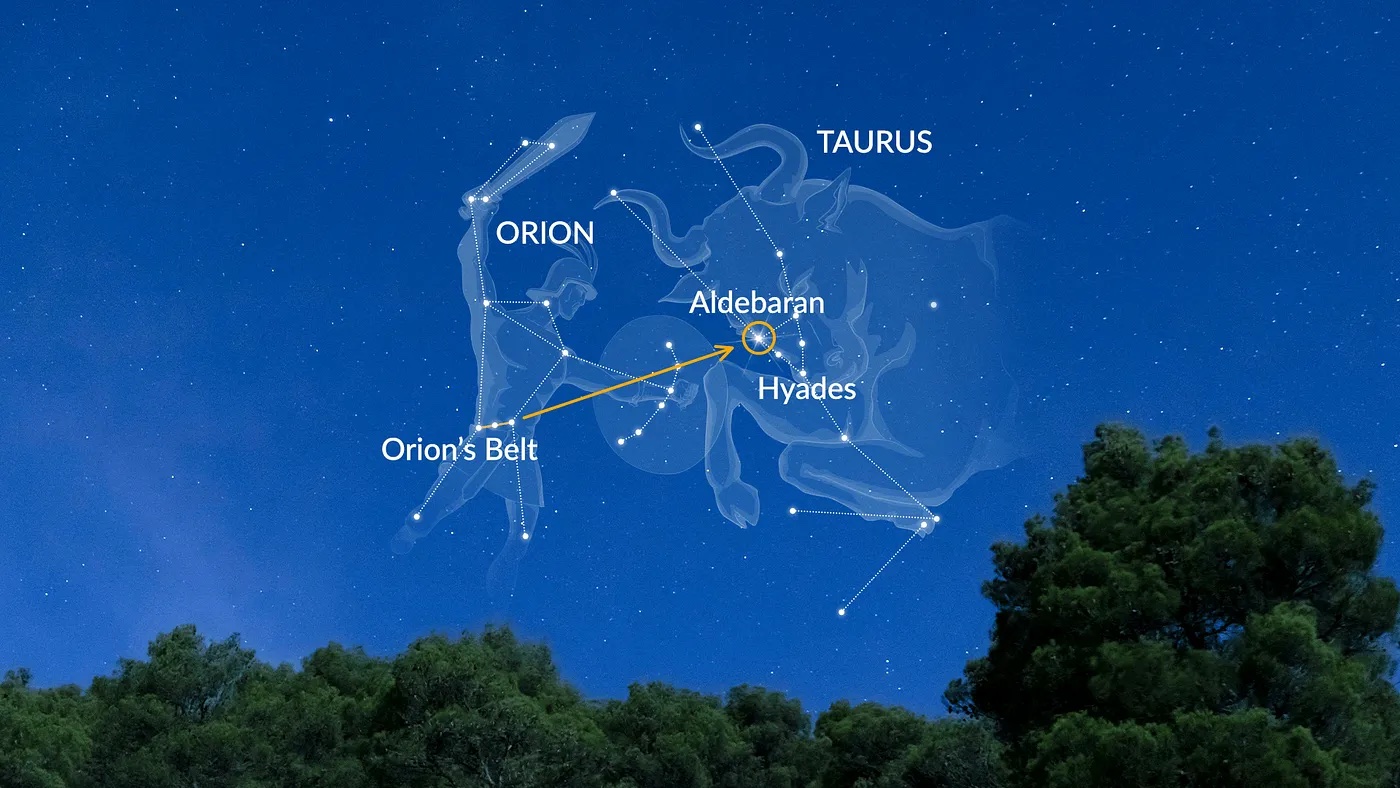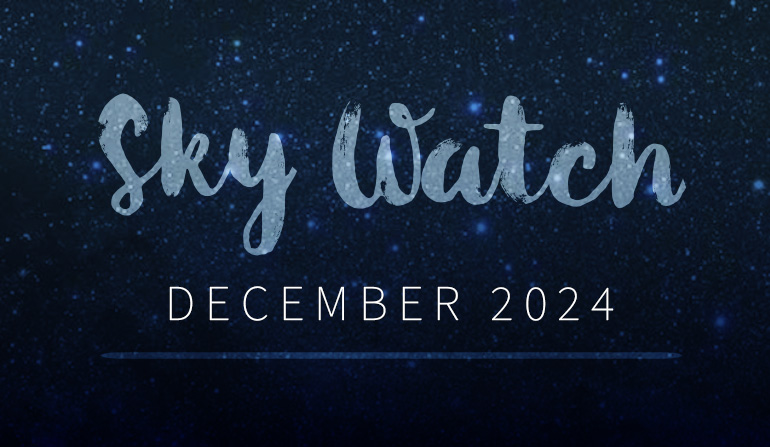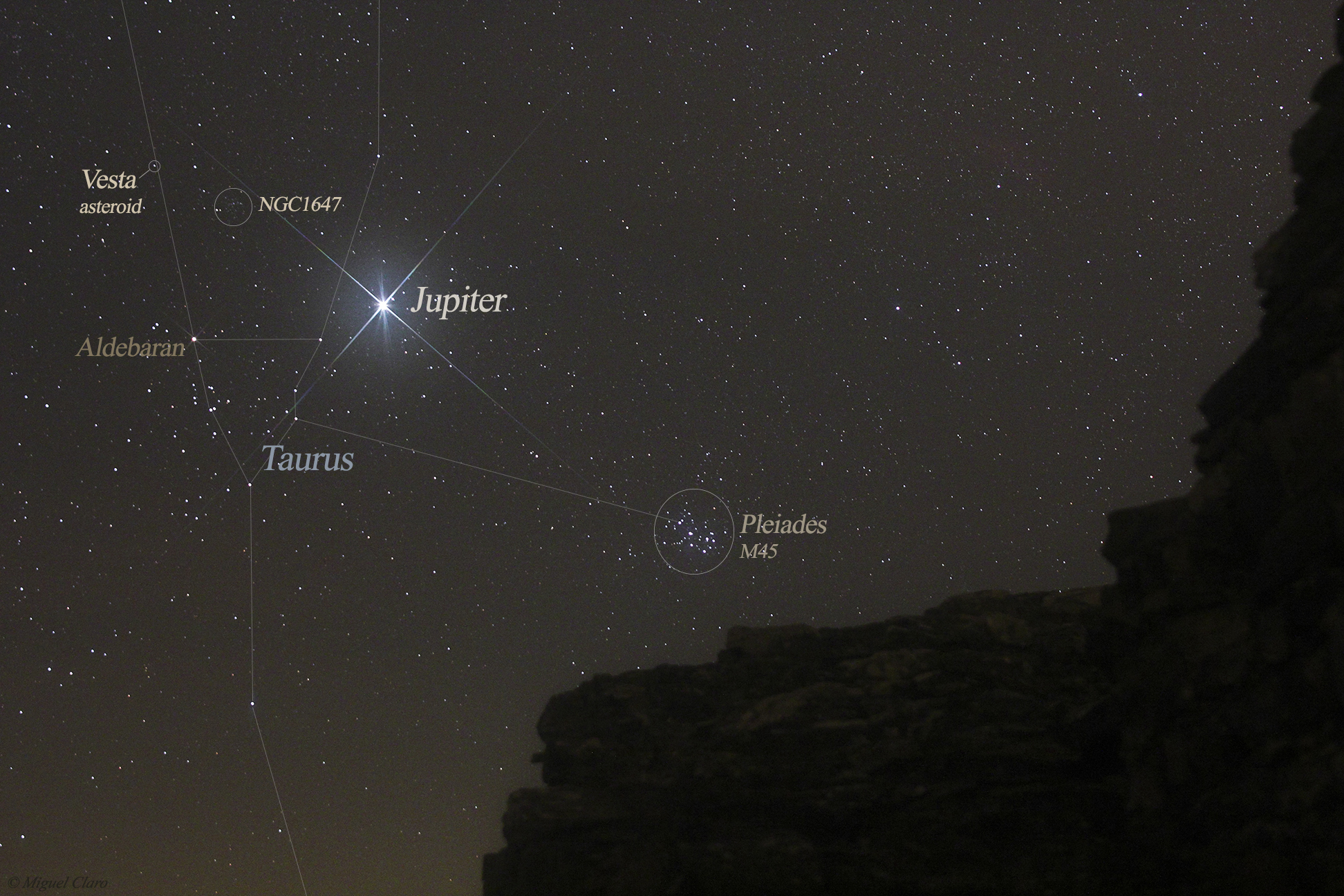October opens with Saturn, just about a week past opposition, high up in the eastern sky after dark and visible all night. Look for it just below the nearly Full Moon on October 5th. Full Moon is one night later.
This month the tilt of Saturn’s rings narrows so that only larger telescopes will reveal them clearly. The variation of Saturn’s and Earth’s orbital planes around the Sun cause this. Most of the time we, on Earth, are either above Saturn’s orbital plane, or below it. But now we coincide with its plane from our point of view.
Saturn’s continues to be the guide for our finding Neptun through binoculars. Centering the ringed planet in a binoculars field of view, Neptune may be seen at the outer edge of that field. That would be at 11:00 o’clock if the field of view were a clock face. Currently Neptune is 2.7 billion miles from Earth, while Saturn is 816 million miles away!
On the night of October 9/10 the Moon, just 3 days past Full, will appear to pass through the Pleiades open star cluster in the eastern sky. It will temporarily block several of the Pleiades stars, especially between 11 pm and 1 am that night.
Jupiter comes up in the eastern night sky around 12:30 am local time on October 1st but will be well up in the east before midnight by October 31st. Jupiter appears below and left of Gemini’s two brightest stars, Castor and Pollux. The waning crescent Moon will be above Jupiter in the early morning hours of October 13th before dawn.
Jupiter always pleases sky-watchers with telescopes because of its colorful cloud bands. Watching Jupiter with patience over several minutes through the eyepiece will reveal other swirling details in its active atmosphere.
Brilliant Venus continues to shine in the eastern sky before dawn, but its altitude is shrinking as its orbit is bringing it around between us and the Sun. Next month it will be lost in the glare of the Sun for a while. Note the crescent Moon near Venus on October 19th and near Spica, brightest star in Virgo on October 31st.
Dennis Herrmann developed a life-long interest in astronomy at an early age and got his first telescope at the age of 12. Through his 43 years of teaching at Kent County High School he taught Astronomy and Earth/Space Science and coached track and field and cross country. He led and participated in numerous workshops on astronomy at the Air and Space Museum (DC), the Maryland Science Center, and the Mid-Atlantic Planetarium Society. He loves sharing and explaining the night sky to increase understanding and enjoyment of it to folks of all ages.










